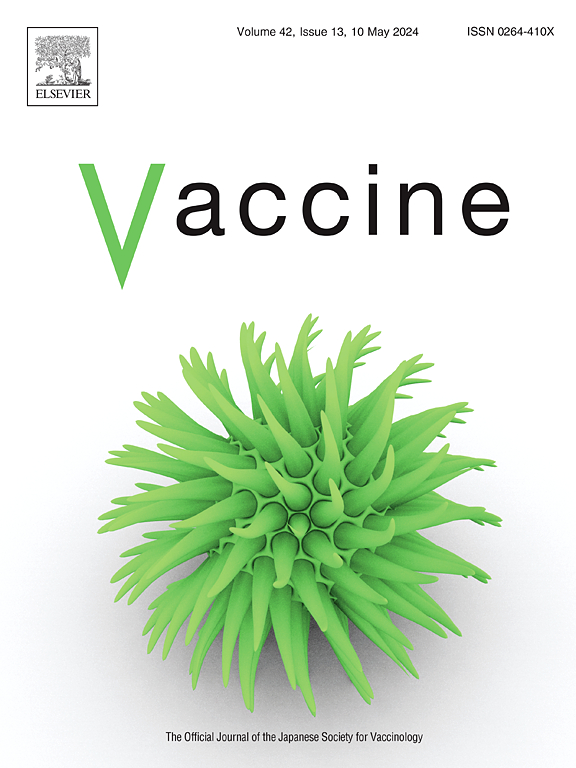Coverage of complete basic childhood vaccination and its variation by basic characteristics among children aged 12–23 months in 41 low- and middle-income countries: A Meta-analysis of demographic and health survey reports between 2015 and 2025
IF 4.5
3区 医学
Q2 IMMUNOLOGY
引用次数: 0
Abstract
Introduction
Vaccination plays a crucial role in reducing illness and death associated with diseases. Children who are unvaccinated or only partially vaccinated face greater risks of illness and death. Despite the proven benefits of vaccination, coverage remains uneven, particularly in in low- and middle-income countries (LMICs), where disparities in access and uptake can lead to significant public health challenges. This meta-analysis was aimed to evaluate the coverage of complete basic childhood vaccinations (CBCVs) and its variations among children aged 12 to 23 months.
Methods
Our meta-analysis included demographic and health survey reports published in any language that reported basic childhood vaccination among children aged 12 to 23 months between 2015 and 2025. A random-effects meta-analysis model was used to determine the pooled prevalence of vaccination. Sub-group analysis was performed by study characteristics to identify potential sources of heterogeneity among studies. Forest plots and tables were used to display the pooled estimates along with their corresponding 95 % confidence intervals (CIs).
Results
The coverage of CBCV was found to be 59.0 %, with a 95 % CI of 53.1 % to 65.0 % (I2 = 77.9 %, p < 0.001). For reports published from 2015 to 2018, the vaccination coverage was 55 %, while for reports published in 2019–2024, the pooled effect size increased to 63 %. Specific vaccine coverage rates included BCG at 86 %, Pentavalent at 67 %, Polio at 69 %, and Measles at 75 %. The vaccination rates varied by maternal education, birth order, and wealth status.
Conclusion
The coverage of basic childhood vaccinations in LMICs remains far below the global target of 90 % or more by 2030. Significant disparities in vaccination rates were observed, particularly related to maternal education, birth order, and household wealth status. To address these challenges, improving access to vaccinations and enhancing public education about their importance are essential steps for policymakers and health practitioners.
求助全文
约1分钟内获得全文
求助全文
来源期刊

Vaccine
医学-免疫学
CiteScore
8.70
自引率
5.50%
发文量
992
审稿时长
131 days
期刊介绍:
Vaccine is unique in publishing the highest quality science across all disciplines relevant to the field of vaccinology - all original article submissions across basic and clinical research, vaccine manufacturing, history, public policy, behavioral science and ethics, social sciences, safety, and many other related areas are welcomed. The submission categories as given in the Guide for Authors indicate where we receive the most papers. Papers outside these major areas are also welcome and authors are encouraged to contact us with specific questions.
 求助内容:
求助内容: 应助结果提醒方式:
应助结果提醒方式:


